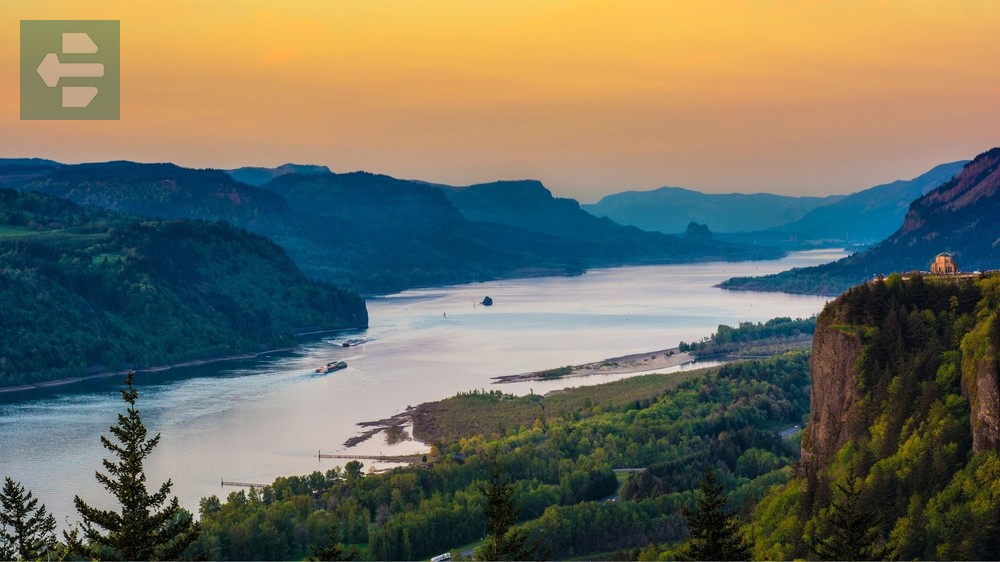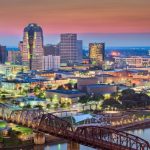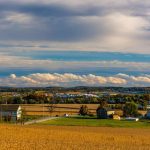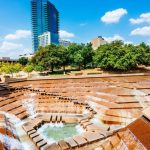Portland offers an exceptional mix of urban wilderness, cultural landmarks, and quirky attractions that define the Pacific Northwest spirit. The best places to visit in Portland Oregon include Washington Park's sprawling gardens, the dramatic Columbia River Gorge, Powell's legendary bookstore, and the historic Pittock Mansion.
Keep reading as we explore Portland's most captivating destinations that blend natural beauty with distinctive character, making your Pacific Northwest adventure unforgettable.
List of Contents
- 1. Washington Park: Four Hundred Acres of Discovery
- 2. Columbia River Gorge: Eighty Miles of Natural Drama
- 3. International Rose Garden: Ten Thousand Roses in Perfect Rows
- 4. Powell's City of Books: One Million Books Under One Roof
- 5. Pittock Mansion: French Renaissance in the West Hills
- 6. Forest Park: Five Thousand Acres of Urban Wilderness
- 7. Lan Su Chinese Garden: Forty Thousand Square Feet of Tranquility
- 8. Portland Saturday Market: America's Largest Outdoor Arts Market
1. Washington Park: Four Hundred Acres of Discovery
Washington Park spans 410 acres and houses five major attractions within walking distance of each other. The Oregon Zoo anchors the southern end, while the International Rose Garden crowns the hilltop with views of Mount Hood.
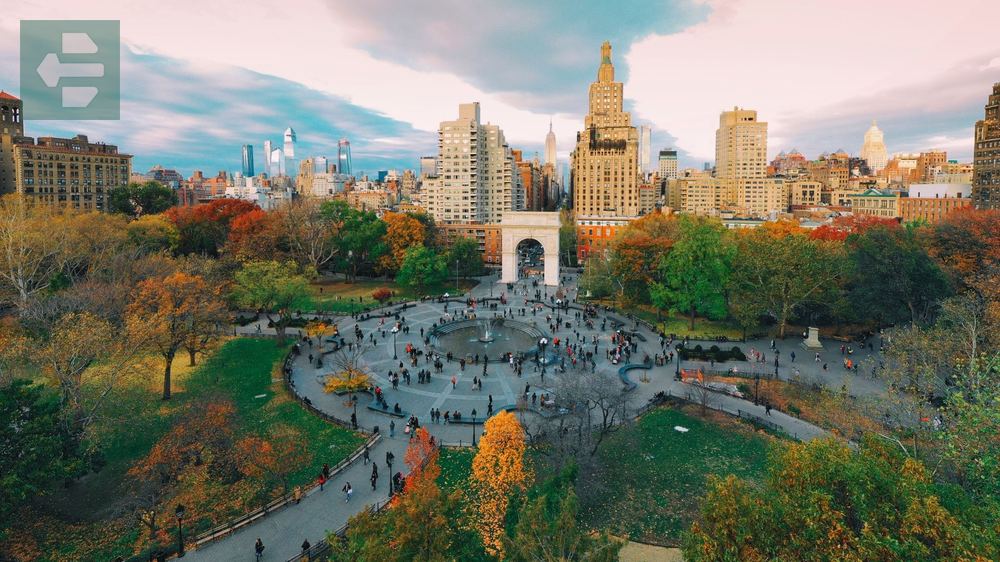
On a foggy October morning, I watched a family of elk emerge from the mist at the zoo while the city slept below. That moment captured what makes Washington Park special—nature and urban life existing without boundaries.
The MAX Blue and Red lines stop directly at the park, eliminating parking hassles. Locals know to visit the Hoyt Arboretum's upper trails for solitude among towering Douglas firs.
Quick Facts:
- Peak season: June-September
- How to get there: MAX Blue/Red line to Washington Park station
- Entrance fees: Zoo and Japanese Garden require tickets, rose garden is free
- Suggested time: Full day
- Sub-locations: Oregon Zoo, International Rose Garden, Japanese Garden, Hoyt Arboretum, World Forestry Center
2. Columbia River Gorge: Eighty Miles of Natural Drama
The Columbia River Gorge cuts through the Cascade Range for more than 80 miles, creating waterfalls that drop from basalt cliffs into mist-filled canyons. Multnomah Falls, at 620 feet, draws crowds year-round.

Take the Historic Columbia River Highway instead of I-84. The winding road reveals Vista House perched on Crown Point—a perfect spot for photos without tour bus crowds. Stop at Latourell Falls for a short hike to a 249-foot cascade with fewer visitors than its famous neighbor.
The gorge creates its own weather system. Carry layers even in summer, when morning fog can give way to afternoon sunshine within an hour.
Quick Facts:
- Peak season: Late April-June, September-October
- How to get there: 30 minutes east via I-84 or Historic Highway
- Entrance fees: Free (parking fees at some trailheads)
- Suggested time: Full day
- Sub-locations: Multnomah Falls, Vista House, Bonneville Dam, Bridge of the Gods
3. International Rose Garden: Ten Thousand Roses in Perfect Rows
The International Rose Garden has operated continuously since 1917, testing roses from around the world on terraced hillsides above downtown Portland. More than 10,000 bushes bloom from May through September.
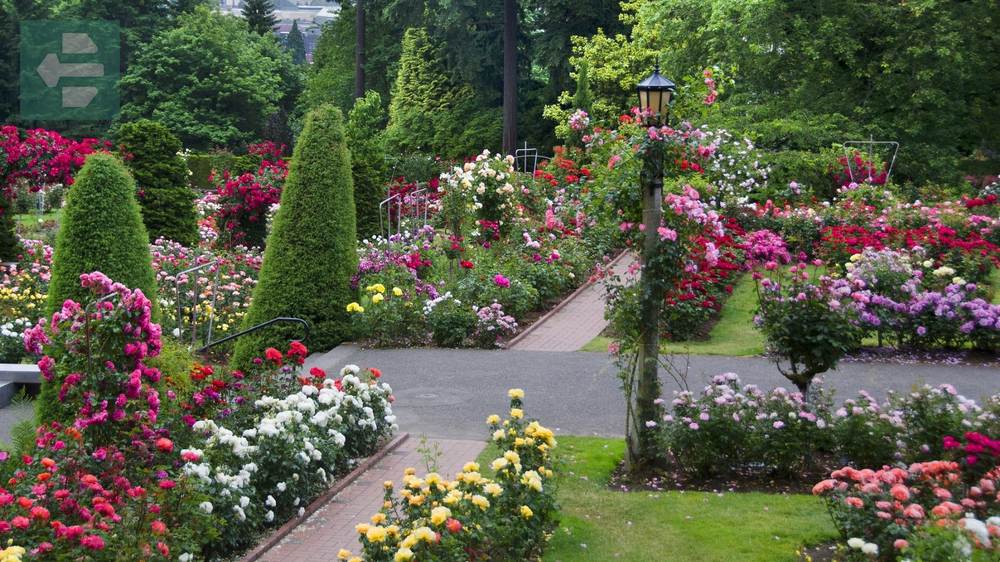
Visit at dawn during peak bloom in late June. The garden opens at 5 AM, and sunrise light transforms the roses into something that cameras cannot capture. Walking the Queens Walk brick pathway, you understand why Portland earned the nickname “City of Roses.”
The Shakespeare Garden, tucked in the northeast corner, contains only roses with names from the playwright's works. It feels like a secret worth keeping.
Quick Facts:
- Peak season: Late June for peak bloom
- How to get there: Washington Park MAX station, then uphill walk
- Entrance fees: Free
- Suggested time: 2-3 hours
- Sub-locations: Shakespeare Garden, Gold Medal Garden, Royal Rosarian Garden
4. Powell's City of Books: One Million Books Under One Roof
Powell's City of Books occupies an entire city block with nine color-coded rooms and more than 3,500 sections. New and used books share shelf space, creating discoveries at every turn.
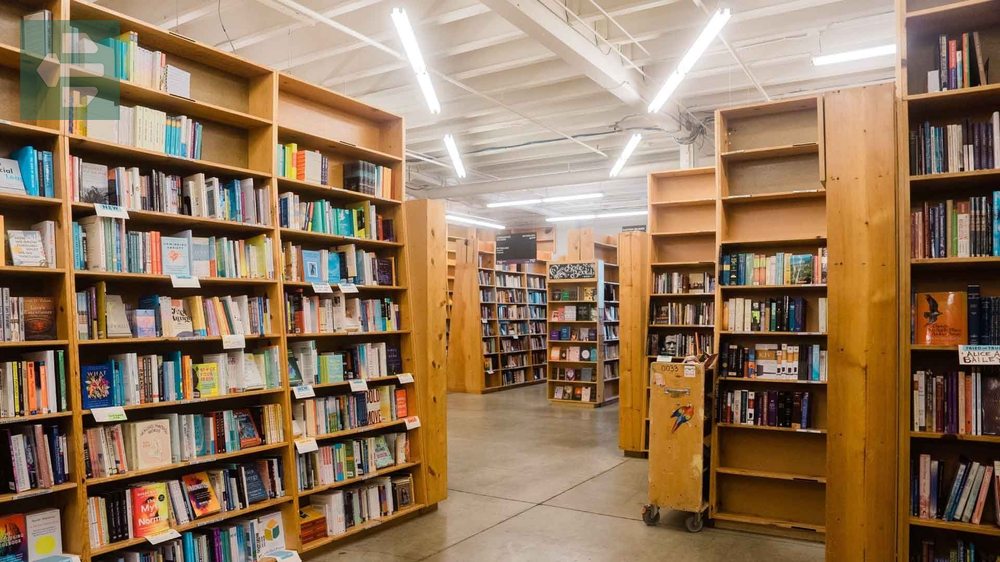
The rare book room on the third floor houses first editions and manuscripts behind glass cases. But the real treasure lies in stumbling across an out-of-print novel you thought was lost forever, shelved next to this year's bestseller.
Locals enter through the Burnside Street entrance to avoid tourist crowds near the main door. The coffee shop on the second floor provides refuge when book hunting becomes overwhelming.
Quick Facts:
- Peak season: Year-round (avoid weekends for smaller crowds)
- How to get there: MAX Blue/Red lines to 10th & Glisan station
- Entrance fees: Free browsing
- Suggested time: 2-4 hours
- Sub-locations: Rare Book Room, Coffee shop, nine color-coded rooms
5. Pittock Mansion: French Renaissance in the West Hills
The Pittock Mansion rises from the West Hills like a château transplanted from the Loire Valley. Built in 1914 for newspaper publisher Henry Pittock, the 46-room estate offers panoramic views of downtown Portland and five Cascade peaks.
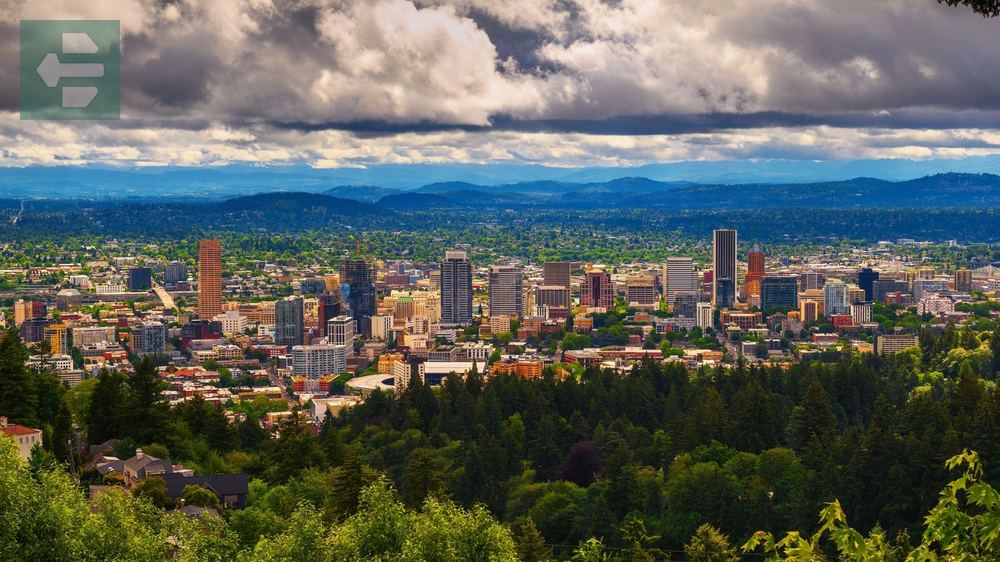
Standing on the mansion's front lawn at sunset, Mount Hood appears close enough to touch while the city spreads below in geometric patterns. The contrast between wilderness and urban planning tells Portland's entire story in one glance.
The mansion's elevator still works—unusual for a building more than a century old. Most visitors miss the formal gardens that surround the house, planted with heritage roses honoring Georgiana Pittock's contribution to Portland's Rose Festival.
Quick Facts:
- Peak season: April-October for best views
- How to get there: Drive via Burnside Road (no public transit)
- Entrance fees: Adults $11
- Suggested time: 2-3 hours
- Sub-locations: Historic house museum, formal gardens, grounds with city views
6. Forest Park: Five Thousand Acres of Urban Wilderness
Forest Park stretches for more than eight miles along the Tualatin Mountains, making it one of America's largest urban forests. Eighty miles of trails wind through second-growth forest with patches of 400-year-old trees.
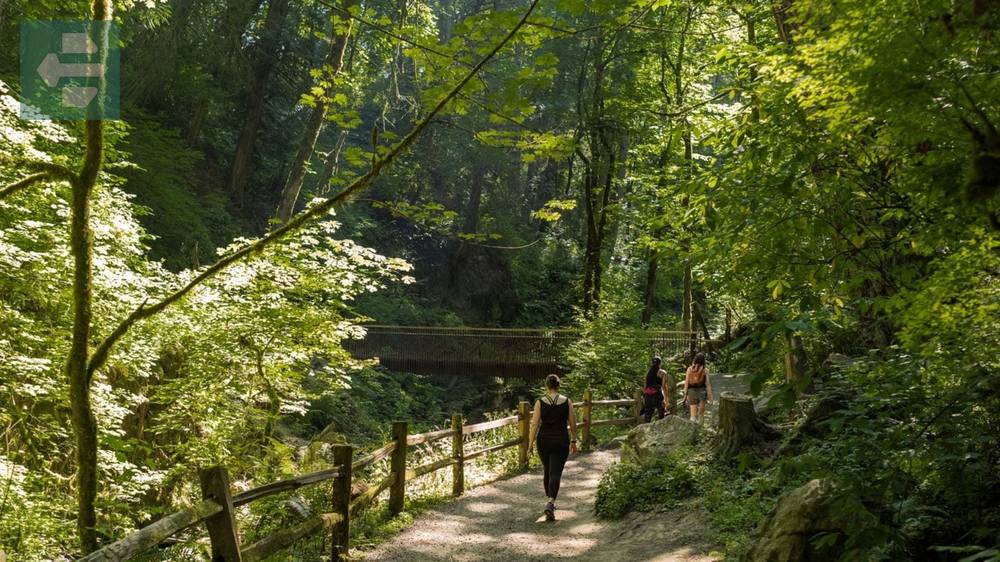
The Wildwood Trail runs the park's entire length, but most hikers turn back after the first mile. Continue to the Pittock Mansion connector trail for views most visitors never see. On clear days, Mount St. Helens appears through gaps in the canopy like a distant promise.
Enter at the Thurman Street trailhead to avoid crowds at the lower parking areas. The forest feels remote within minutes, though downtown Portland lies just three miles away.
Quick Facts:
- Peak season: May-September (trails can be muddy in winter)
- How to get there: Multiple trailheads accessible by car or bus
- Entrance fees: Free
- Suggested time: 3-6 hours depending on trail choice
- Sub-locations: Wildwood Trail, Leif Erikson Drive, multiple connector trails
7. Lan Su Chinese Garden: Forty Thousand Square Feet of Tranquility
Lan Su Chinese Garden recreates a classical Suzhou garden within Portland's Chinatown, complete with scholar's rocks shipped from China's Lake Tai. The walled garden feels removed from time and geography.
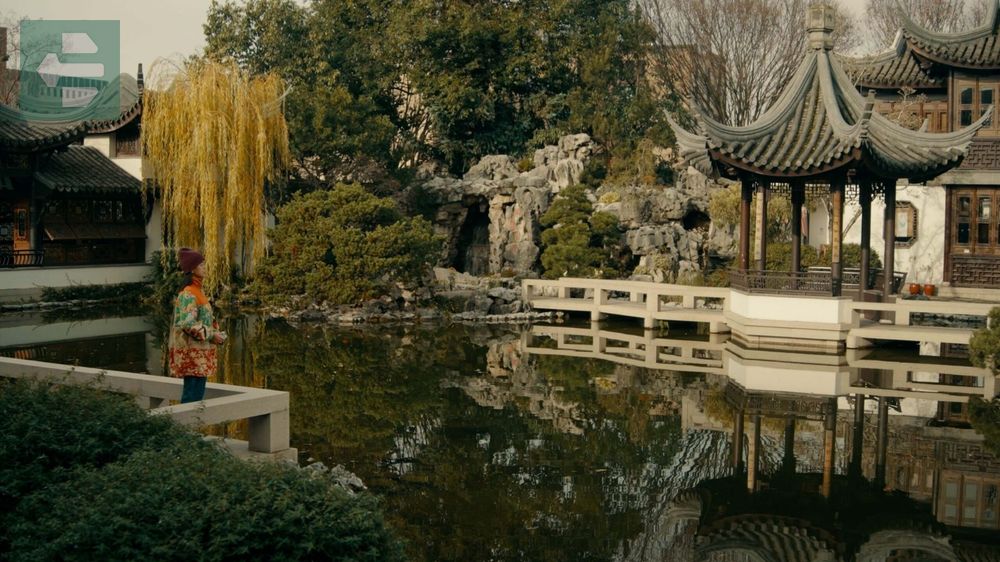
I have never heard traffic noise inside the garden, though busy streets surround all four walls. The designers achieved something remarkable—true quiet in an urban center. Koi surface in the central lake like meditation made visible.
The tea house serves authentic Chinese tea in the garden's southeast corner. Arriving when it opens eliminates crowds and allows the garden to work its intended magic.
Quick Facts:
- Peak season: April-October for outdoor comfort
- How to get there: MAX to Old Town/Chinatown station
- Entrance fees: Adults $12
- Suggested time: 1-2 hours
- Sub-locations: Central lake, tea house, Moon Gate, covered walkways
8. Portland Saturday Market: America's Largest Outdoor Arts Market
Portland Saturday Market operates every Saturday from March through December under the Burnside Bridge, featuring more than 250 local artisans selling handmade goods. The market has run continuously since 1974.

Food vendors serve everything from Polish pierogi to Ethiopian injera, creating an international food court that predates Portland's famous food cart scene. The smell of cinnamon sugar from elephant ear stands has filled the air since 1975.
Arrive before noon for the best selection and smaller crowds. Many vendors accept cash only, and the market provides a different perspective on Portland's creative community than galleries or museums can offer.
Quick Facts:
- Peak season: March-December (Saturdays only)
- How to get there: MAX to Skidmore Fountain station
- Entrance fees: Free admission
- Suggested time: 2-3 hours
- Sub-locations: Waterfront Park area, Ankeny Plaza, food court section
Portland rewards travelers who embrace both urban sophistication and natural wonder. These destinations capture the city's essential character—innovative yet grounded, cosmopolitan yet connected to the wild Pacific Northwest landscape.
Whether you spend mornings among ten thousand roses or afternoons browsing a million books, Portland offers experiences that satisfy both mind and spirit. Pack comfortable walking shoes and prepare for a city that exceeds expectations at every turn.
Your Pacific Northwest adventure begins the moment you step off the plane.
